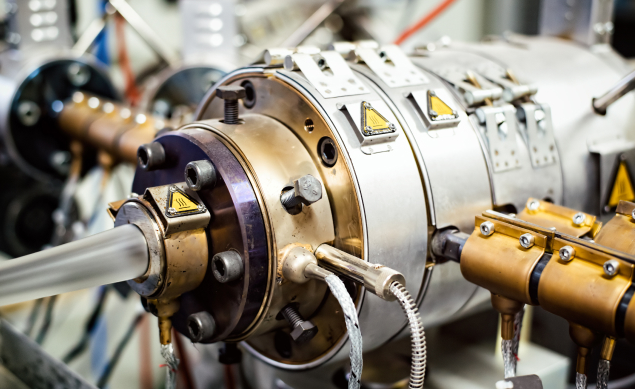
The cost comparison between extrusion and injection molding depends on various factors such as the complexity of the parts, the materials used, production volume, and specific application requirements. Here’s a general overview:
Extrusion
- Lower Tooling Costs: Extrusion typically has lower tooling costs compared to injection molding.
- Continuous Process: It is a continuous process, making it cost-effective for producing long lengths of items with a consistent cross-section, such as pipes, tubes, and sheets.
- Material Efficiency: There is generally less material waste in extrusion.
- Simplicity: The process is simpler and requires less complex machinery and molds.
Injection Molding
- Higher Tooling Costs: Injection molding usually involves higher initial tooling costs due to the complexity of the molds.
- Complex Shapes: It is suitable for producing complex and intricate shapes with high precision and repeatability.
- Economies of Scale: While the initial costs are high, injection molding can be more cost-effective for high-volume production runs due to the speed and efficiency of the process.
- Material Versatility: A wider range of materials can be used, and multiple materials can be combined in a single part.
[elementor-template id=”4330″]
Cost Considerations
- Production Volume: For low to medium production volumes, extrusion can be more cost-effective due to lower tooling costs. For high-volume production, injection molding may offer better economies of scale.
- Part Complexity: For simple shapes, extrusion is generally cheaper. For complex, detailed parts, injection molding is often necessary despite higher costs.
- Material and Design: The choice of materials and the design of the part can significantly impact the cost-effectiveness of each process.
In summary, extrusion tends to be cheaper for producing simple, continuous shapes, especially in lower quantities. Injection molding, while initially more expensive due to tooling, can be more cost-effective for complex shapes and high-volume production
Related Conten: Industrial Molds
 DTG Mould Trade Process |
|
| Quote: | According to sample, drawing and specific requirement. |
|---|---|
| Discussion | Mold material, cavity number, price, runner, payment, etc. |
| S/C Signature | Approval for all the items. |
| Advance | Pay 50% by T/T |
| Product Design Checking | We check the product design. If some position is not perfect, or can not be done on the mould, we will send customer the report. |
| Mold Processing | Send report to customer once each week |
| Mold Testing | Send trial samples and try-out report to customer for confirmation |
| Mold Modification | According to customer’s feedback. |
| Balance Settlement | 50% by T/T after the customer approved the trial sample and mould quality. |
| Delivery | Delivery by sea or air. The forwarder can be designated by your side. |
 |
|

